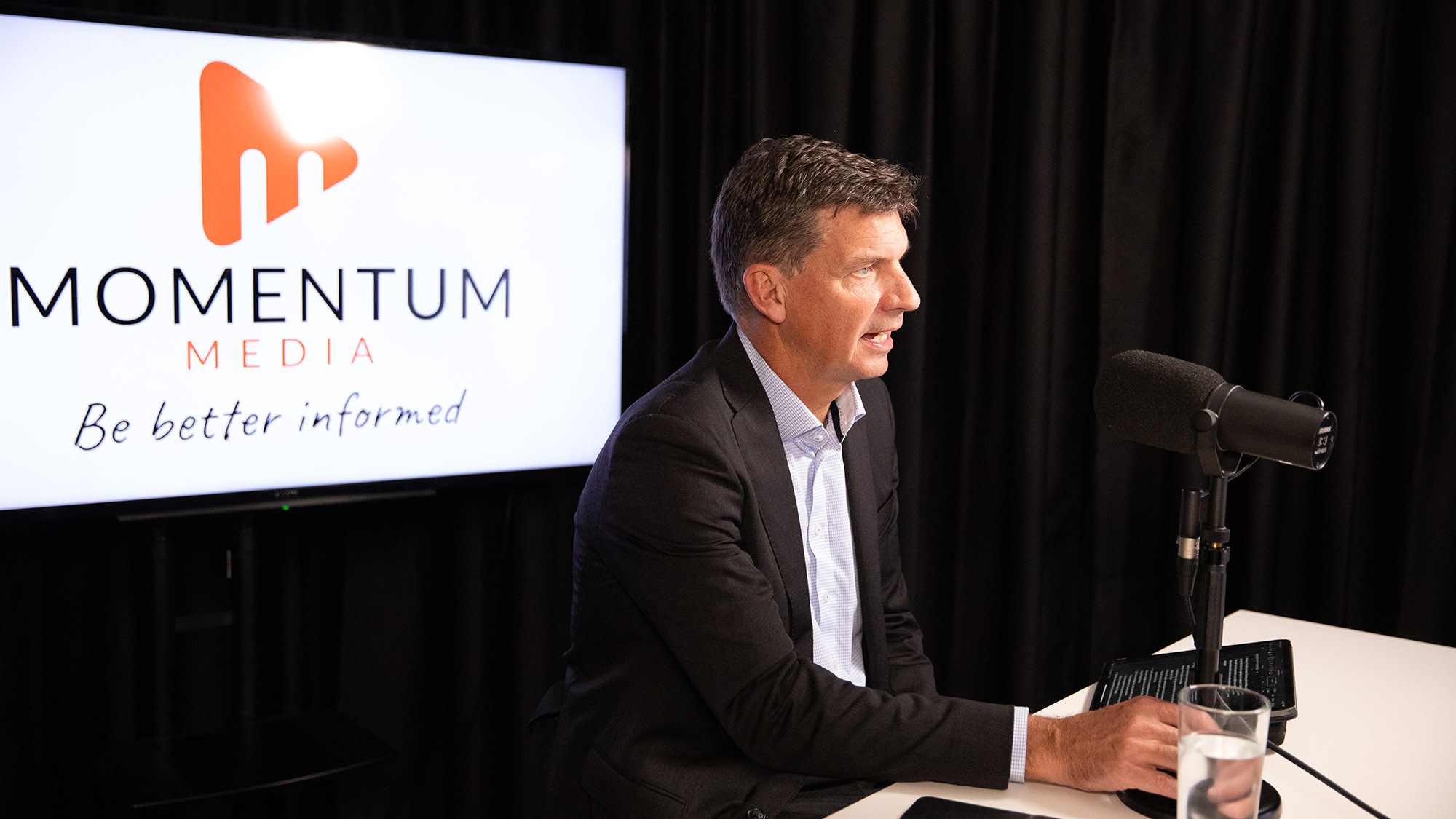The case for an interest rate cut


 A cut in interest rates would result in the rise of consumer and business confidence, a fall in the Australian dollar and improvements on the stock market, according to Ron Bewley.
A cut in interest rates would result in the rise of consumer and business confidence, a fall in the Australian dollar and improvements on the stock market, according to Ron Bewley.
The Reserve Bank of Australia (RBA) has the dual mandate of maintaining price stability and full employment. Its main weapon for meeting both targets is raising or lowering the cash rate – or keeping it on hold.
Of course, raising rates tends to appreciate our currency, and vice versa. Currency has a major impact on import prices and so the story gets complicated.
Back in 1989 I got into a heated debate in the media over the RBA's then interest rate setting. It was the then Treasurer's view (Paul Keating) and the Secretary to the Treasury, Chris Higgins, that interest rates should be kept high to solve the current account deficit problem.
In essence, the idea was that high rates would slow down economic growth and put a check on imports. My thesis (with Garry White) was that there was another force at work via the currency.
High rates cause a high dollar which, in turn, causes cheap imports - hence, increased import demand - other things being equal. Surprisingly, at the time there was strong opposition to the notion that there could be a significant currency effect.
After the event, Paul Keating claimed “we had the recession we had to have” to control inflation. Maybe we did, but inflation was never front of stage in the debate before the recession took hold.
 When the RBA (then under Bernie Fraser) pushed up rates, they certainly pushed them up – as can be seen from Chart 1.
When the RBA (then under Bernie Fraser) pushed up rates, they certainly pushed them up – as can be seen from Chart 1.
The peak rate of 18.18 per cent (in November 1989 – just before the current 'target cash rate' was introduced in 1990) would certainly get some reaction today.
Of course, we weren't then also in the middle of a commodity price boom, so the dollar didn't get to parity that time around – just 89 cents – earlier in 1989. Rates came down to 4.75 per cent in 1994, the same as they are today, before the next tightening phase began.
Interest rates were still being increased during the early days of the global financial crisis (GFC). The last rise to 7.25 per cent in March 2008 was only days before the collapse of Bear Sterns.
But in November 2008 the RBA cut rates by 100 basis points (or 1 per cent) to 6 per cent – just after the failure of Lehman Brothers on 15 September 2008. By April 2009 rates had been taken down to an 'emergency setting' of 3 per cent. This swift action was one of the several factors that saved Australia from recession.
Australia – not getting involved in the global recession – was about the first developed nation to start increasing rates after the GFC; as early as in October 2009. Seven rises of 0.25 per cent between September 2009 and Melbourne Cup Day 2010 took rates up to 4.75 per cent.
Not high by historical standards but the US is still effectively on 0 per cent and the Federal Reserve has promised another year or two at this setting. The European Central Bank (ECB) did recently increase rates by 0.5 per cent, but many commentators are now suggesting this increase will soon be reversed.
So, just like in 1989, we have a high dollar through relatively high interest rates (compared to the US), and it is having an impact on growth as well as import prices. What will happen next?
Month-to-month levels of the official unemployment rate are subject to 'sampling variation'. Only about 29,000 households are surveyed to estimate the unemployment rate for each month. Care must be exercised in comparing consecutive unemployment rates as the Australian Bureau of Statistics (ABS) advises.
 The (seasonally adjusted) unemployment rate, in Chart 2, can be seen to have reached a low of 4 per cent in February 2008 - just before the onset of the GFC; a peak during the GFC of 5.9 per cent in June 2009; and a low of 4.9 per cent post-GFC.
The (seasonally adjusted) unemployment rate, in Chart 2, can be seen to have reached a low of 4 per cent in February 2008 - just before the onset of the GFC; a peak during the GFC of 5.9 per cent in June 2009; and a low of 4.9 per cent post-GFC.
While the two-speed economy was being battered by a high dollar, the unemployment rate quickly jumped to 5.3 per cent in August 2011 – only 0.6 per cent below the GFC peak unemployment rate of 5.9 per cent. The September figure, released on 13 October of 5.2 per cent was a drop of 0.1 per cent from September.
By the nature of the survey which samples only about 1 in 300 of the civilian population, the ABS reports that the month-to-month change in the unemployment rate is only accurate to ±0.2 per cent. The big question is, therefore, should rates be on hold, or headed up, or down?
In order to focus on the rate of change of policy targets, I have taken the rate of change of unemployment – and not at one-month intervals but three months apart to reduce the impact of sampling variability.
Also, I have switched my attention to (seasonally adjusted) male unemployment because that tends to be more sensitive to change than total unemployment.
 These rates of change data in Chart 3 are quite alarming. Except for the 1990/91 recession and the GFC, the recent data is worse than at any other time in that period. More importantly, interest rates were being cut during the GFC and the recession when this rate of change reached this level.
These rates of change data in Chart 3 are quite alarming. Except for the 1990/91 recession and the GFC, the recent data is worse than at any other time in that period. More importantly, interest rates were being cut during the GFC and the recession when this rate of change reached this level.
To me, it is not now a question of guessing whether the RBA will raise rates, keep them on hold, or decrease them. The question is: why have they not already cut rates - at least in October 2011?
On another front, the National Accounts released in early September back up the slow growth argument. Growth seemed strong at 1.2 per cent for 2011 Q2 but, on the back of a -0.9 per cent for the flood-affected Q1, it left Q2 2011 at about the same level as Q4 2010 – and lower in per capita terms.
Not a pretty picture. These data do not point to a recession – China and resources will again see to that. But is the current situation producing the across-the-board full employment that we want and deserve?
If interest rates are cut, consumer and business confidence will rise, our dollar will fall, economic growth will improve and the stock market will improve. Inflation could get a little worse but if the RBA can't fulfil both price stability and full employment, I think most people would opt for having a job.
Ron Bewley is the executive director of Woodhall Investment Research.
Recommended for you
In this episode of Relative Return, host Laura Dew speaks with Daniel Bower, chief product officer at FinClear, and Bill Keogh, chief executive of Transact1 (a FinClear subsidiary) to discuss cash as an asset class.
In this episode of Relative Return, host Maja Garaca Djurdjevic is joined by shadow treasurer Angus Taylor to discuss the current state of the financial advice sector, the economy, the housing affordability crisis and more.
In this episode of Relative Return, host Laura Dew speaks with Andrew Mitchell, director and senior portfolio manager at Ophir Asset Management, about why he loves working in fund management and the lessons he’s learnt in a decade of running a firm.
In this episode of Relative Return, host Laura Dew speaks with Blackwattle Investment Partners managing director and chief investment officer, Michael Skinner, about setting up an asset manager and what he looks for in an investment team.














